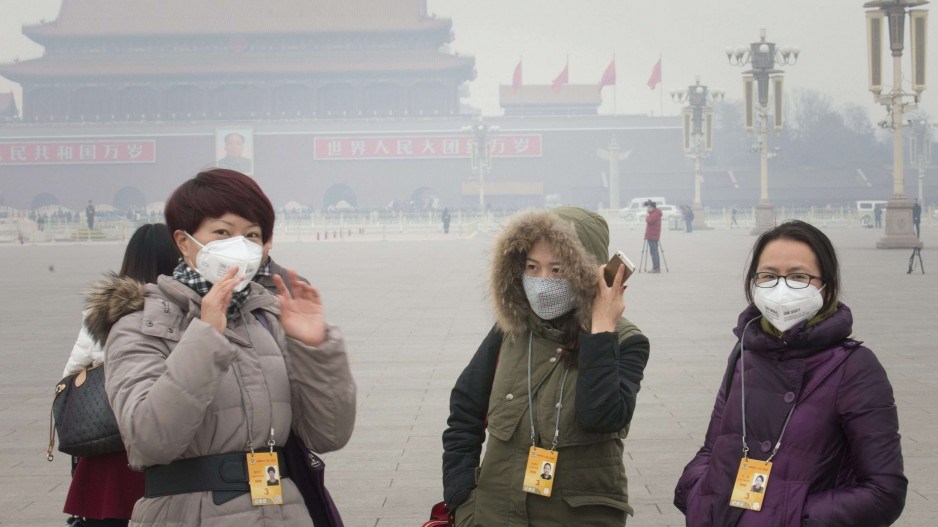China will set up a no-coal zone in cities around Beijing next year in efforts to tackle the capital’s hazardous smog.
The ban, if effectively enforced, could reduce the region’s air pollution, but more has to be done in other areas, especially by steelmakers, experts say.
Starting from November 2017, factories as well as households in 18 districts and towns in Hebei province would not be allowed to burn coal or build new power generators powered by petroleum coke, Xinhua reported.
However, the restriction will not cover coal-fired electricity generators and centralised heating in the 7,148 square kilometres area, the report said.
Hebei, which surrounds Beijing, has been the centre of China’s efforts to combat pollution as the home of seven of the country’s 10 smoggiest cities.
More than one million households in the villages of the future no-coal zone still use coal-fuelled heating units, which has led to severe air pollution problems, according to Hebei government’s official website.
To replace coal consumption with cleaner fuels, the provincial government will provide allowances for villages to pay for electricity and natural gas, as well as upgrade their heating systems.
Ma Jun, director of the Beijing-based Institute of Public and Environmental Affairs, said the new move could reduce air pollution by replacing coal-fired boilers with more efficient coal-fired electricity.
However, he said the ban on household coal-fuelling heating might not be easy to enforce because some people would still opt for cheap coal, even after they received allowances.
The clean-energy zone also failed to cover cities where most of Hebei’s heavily-polluting steelmakers were located, Ma said.
“To set up a no-coal zone can reduce some pollution in the region,” he said. “It is an important step, but many more steps need to be taken to solve the problem.”
The central government has grown increasingly concerned by the notorious smog problems in and around Beijing, which have caused public discontent and tarnished the image of the country’s political centre.
Various methods have been taken to make the sky blue in the capital.
In February, the city announced a plan to develop a network of “ventilation corridors” to help disperse smog.
China’s smog clouds have a silver lining: they may help prevent global warming, claims new study
Air quality in the capital usually grows worse in autumn and winter.
On Sunday (September 25), Beijing authorities issued a yellow alert for poor air quality and said the smog had ushered in the start of the pollution season.




